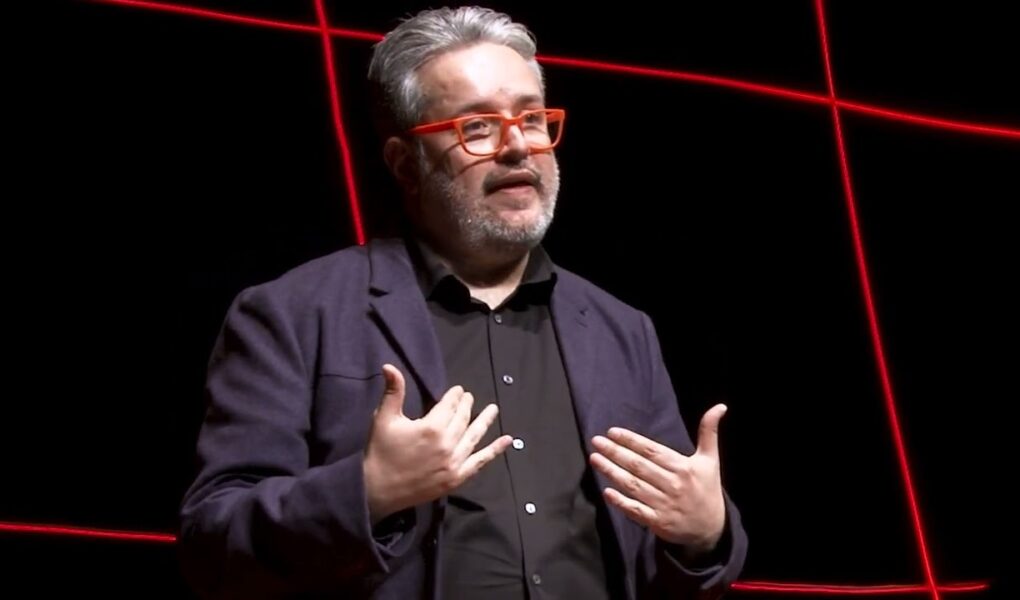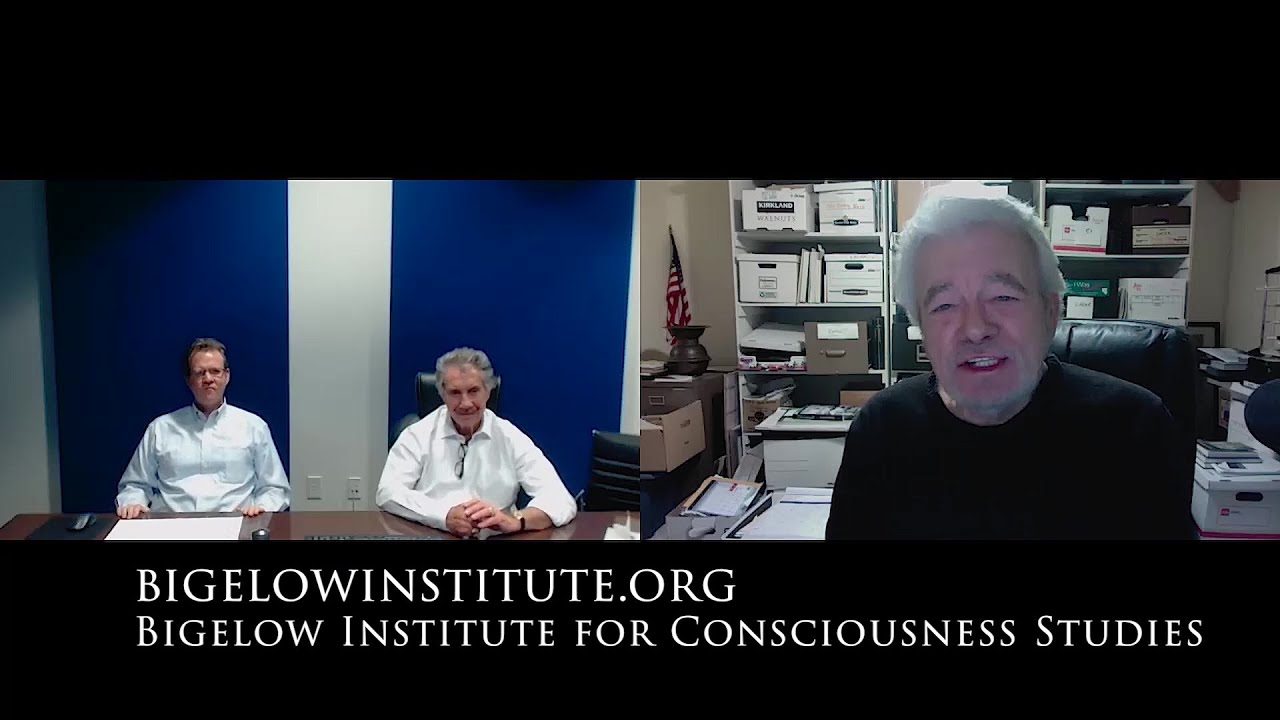TEDx Talks
“When we practice Mindfulness, we learn to become aware of what is happening in the present moment, without judging or evaluating, which allows us to experience a greater connection with life, internally and externally.” – Dr. Eric López Maya – Founder of the Mexican Institute of Mindfulness.
Eric López Maya’s talk focuses on his research about how mindfulness can be an effective tool for depression and especially it’s effects between Spanish-speakers and non-Spanish-speakers. Eric López Maya, Ph. D is the Founder and Director of the Mexican Institute of Mindfulness, a leading Institution in Mexico and Latin American with close to 20 years of experience. He is also a Certified Teacher-Trainer in Mindfulness-Based Stress Reduction trained at the Center for Mindfulness at UMass Medical School, and at Brown University Mindfulness Center. Eric has led and collaborated in mindfulness research projects in many countries. He was also appointed as a Postdoctoral scholar at UCLA, conducting research on the effects of mindfulness in Latinos. Dr. López has extensive experience teaching mindfulness in companies and organizations, is passionate about working in multicultural settings, and developed mindfulness programs at a Fortune 500 company. This talk was given at a TEDx event using the TED conference format but independently organized by a local community. Learn more at https://www.ted.com/tedx
Source




Yeh angrez ake hume meditation aur mind focus krne ki advise de rha h jo hazaro sal pehle se hamare cultute m h 😂
The audio quality of this recording is almost unbearable 😢😮 please be more mindful of your audio signal output and it's accessibility thereof. Love the words hate the sound.
Asking us to just put off your concerns about whatever is troubling you and focus more on other distractions such as cooking, exercising, music, etc…anything but the subject that is causing you stress or depression.
It was good but his mic kept rubbing against his coat
Power of stupidity
Did he say 45 minutes or 4 to 5
Mindfulness, an outmoded fad in pop science from the USA 20 years ago.
Thanks
Gracias profesor por su enseñanza , aprendí a enfocar la atencion en el presente, a reducir el estress practicando la meditacion, la autocompasion, la gratitud y la empatia.
🙏
Lo felicito Dr .López , por darnos la oportunidad de recibir los beneficios de Mindfulness. ¡ Muchas gracias !
Wow super!!!!! De otro nivel me encanta y coincido
Gracias por la experiencia. Mindfulness es increíble, nos permite lidiar con el día a día y enfocarnos acertadamente
Gracias por compartir su conocimiento en el programa mindfulness, es una herramienta muy útil para lograr enfoque y perspectiva.
Hola Estoy buscando la aplicación que menciono al principio
I’m looking for the app to that he mentioned
Dr. López como lo puedo contactar? Por casualidad escuché una corta meditación en la Aplicación Calm. Le escribo desde Alemania. Es increíble cómo en 4 minutos me ayudaron más que horas de meditación en esa aplicación. Calm es Excelente, me ayuda mucho !
Nunca dejaría esa aplicación pero me gustaría tener más meditaciones guiadas por usted en Calm.
Todos los matadores son fantásticos, pero como he comentado en solo una medición de 4 minutos usted me impresionó. Usted tiene un Don. Va más allá de la excelencia !
Yes
How mindfulness and dance can stimulate a part of the brain that can improve mental health —-
Activating the somatosensory cortex may help us connect to our bodies, develop our sensitivity, sensuality and capacity to feel pleasure.
—————————————
Like a thick velvety headband, the somatosensory cortex arcs across the top of brain from just above one ear to the other.
I fell in love with the brain as an undergraduate student and pursued a career in neuroscience, but for years I had largely ignored this structure, since it appeared to be involved “only” in processing of bodily sensations. In my mind, that meant it was not as fascinating as areas implicated in emotion or higher cognitive function.
However, over the past decade, during my training in mindfulness-based interventions and dance movement therapy, I’ve come to realize that a well-functioning and developed somatosensory cortex may help us experience the world and ourselves more deeply and completely. It may enrich our emotional experience and improve our mental health.
For decades, the somatosensory cortex was considered to only be responsible for processing sensory information from various body parts. However, recently it became apparent that this structure is also involved in various stages of emotion processing, including recognizing, generating and regulating emotions.
Moreover, structural and functional changes in the somatosensory cortex have been found in individuals diagnosed with depression, anxiety and psychotic disorders. These studies suggest that the somatosensory cortex may be a treatment target for certain mental health problems, as well as for preventive measures. Some researchers have even suggested neuromodulation of the somatosensory cortex with transcranial magnetic stimulation or deep brain stimulation.
However, before we decide to use an invasive technology, we may want to consider mindfulness-based interventions, dance movement therapy or other body-centred approaches to psychotherapy. These methods use the entire body to enhance sensory, breath and movement awareness. Those factors can enhance overall self-awareness, which contributes to improvement of mental health through potential reorganization of the somatosensory cortex.
Functional significance of the somatosensory cortex
One of the amazing qualities of the somatosensory cortex is its pronounced plasticity — the ability to reorganize and enlarge with practice (or atrophy without practice). This plasticity is critical when we consider mindfulness-based interventions and dance movement therapy because, as mentioned above, through working directly with the body sensations and movement, we can modify the somatosensory cortex.
Another important aspect is its numerous connections with other areas of the brain. In other words, the somatosensory cortex has a power to affect other brain regions, which in turn affect other regions, and so on. The brain is heavily interconnected and none of its parts acts in isolation.
The somatosensory cortex receives information from the entire body, such that the left part of the cortex processes information from the right side of the body and vice versa. However, the proportion of the cortex devoted to a particular part of the body depends on its functional importance rather than its physical size.
For example, a large proportion of the somatosensory cortex is devoted to our hands, and so just moving and feeling our hands might be an interesting option for dance therapy for those with restricted mobility.
The somatosensory cortex mediates exteroception (touch, pressure, temperature, pain, etc.), proprioception (postural and movement information) and interoception (sensations inside the body, often related to the physiological body states, such as hunger and thirst), although its role in the interoceptive awareness is only partial.
The somatosensory cortex and emotion
A scent, a song or an image can suddenly bring a deeply buried and forgotten event to mind. Similarly, feeling a texture — like cashmere — against our skin, or moving our body in a certain way (such as doing a backbend, or rocking back and forth) can do the same and more. It can bring repressed memories to the surface, provoke emotional reactions, and create state shifts. This is one of the superpowers of mindfulness-based interventions and dance movement therapy.
This response is mediated via the somatosensory cortex, just like emotional and cognitive reactions to a song are mediated via the auditory cortex, and reactions to scents are mediated via the olfactory cortex. Nevertheless, if the information stopped flowing at a purely sensory level (what we feel, hear, see, taste and smell), then a significant portion of the emotional and cognitive consequences would be lost.
Ive been depressed for a long time, I seem useless and bad
Excelente platica, es corta en tiempo pero muy rica en su contenido, he leído y practicado mindfulness en los últimos dos años y me ha permitido crecer como persona al estar más presente en mi vida. Muchas felicidades por compartir su presentación.